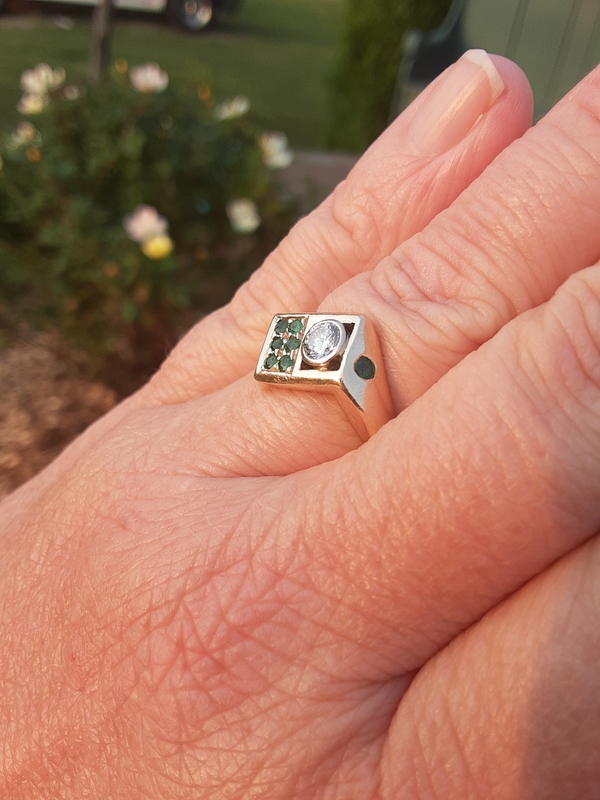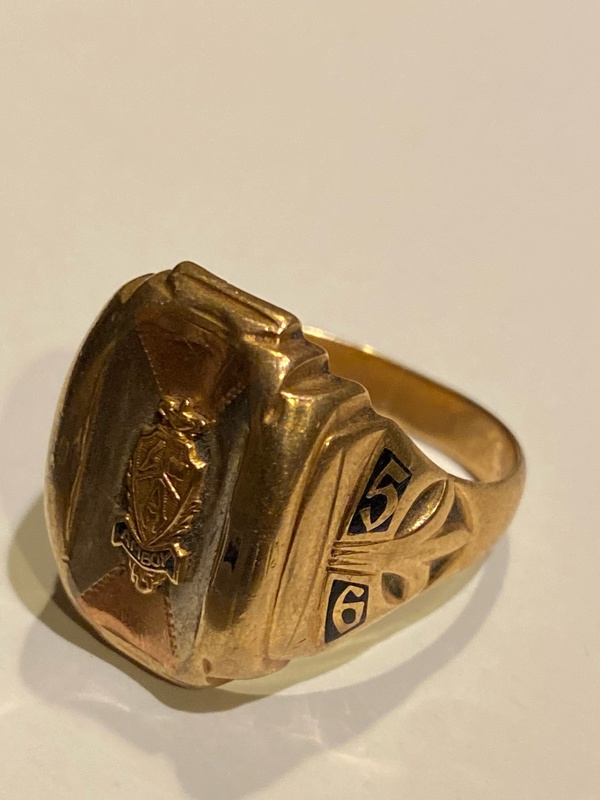Class Rings
Class rings have been an honored tradition in United States history since their first appearance at West Point Academy in 1835. As these rings grew in popularity, they expanded to Ivy League universities where they became a status symbol for those who were wealthy and educated, consisting mostly of white men. The trickle-down effect spread to where they became common at a high school level, finally allowing women to have access to them. Class rings were treasured as a memento of childhood and bonds of friendship, such as how West Point graduates were encouraged to wear their rings on their left hand so that their class would always be closest to their hearts.
Traditionally, class rings are adorned with the school’s mascot and a decal of the extracurricular that the student is most passionate about. For many young men and women, high school was the furthest they went in their educational careers, and class rings serve as a memento of perhaps happier times or at least simpler ones. Unlike wedding bands or promise rings, class rings celebrate oneself and their accomplishments rather than linking them with another individual. Class rings have become a celebration and expression of oneself, which can add sentiment to the jewelry.
While class rings have decreased in popularity in recent years, as soon as thirty years ago about fifty percent of students bought class rings. Not only were they status symbols for wealth and popularity, but they also serve as a reminder for self-growth and education, as well as the experience of finding oneself in their formative years.

Item #466: “The Generation Ring”
Class rings are a display of individuality, and those who view the ring can tell a lot about the wearer. Denisha (Kehrer) Brethorst, created a new ring using her mother’s class ring as a method to express herself. Upon her divorce melted down her wedding ring, a pair of emerald earrings that she received from her grandmother for her eighth-grade graduation, and her mother's class ring. This ring was a symbol of her as an individual who focused on family, her own individual education, and her new identity as a single mother. The gemstones on the top of the ring come from the wedding ring, the emeralds on the side come from the earrings, and the gold comes from the earrings, the class ring, and wedding ring.

Item #385: “Class Ring”
Class rings were primarily created for men as most women were denied higher education for the first two centuries of American history. However, not many Americans were able to pursue higher education, so the completion of high school was a big accomplishment. This 1956 ring was worn by Curt Jones and is a bulky design that showcases pride in his accomplishment at finishing high school and continuing on to a career as a lineman and electrician. It bears so much importance that it was one of the few mementos kept after Curt passed away.